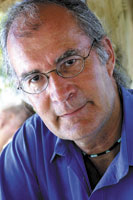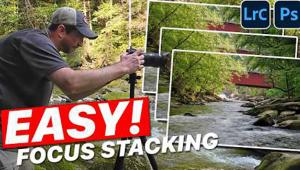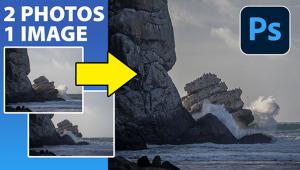Completing The Creative Circle
Completing The Creative Circle Photographic expression is
more than snapping the shutter and "walking away" from the
picture. The creative circle becomes complete, if you will, by the photographer
taking the captured image in hand and enhancing, adding, and sometimes
subtracting from the tonal values and scene. That final step, of processing
and printing, is where the true vision of the photographer is created,
where the scene or allegory photographed matches what the photographer
saw in his or her eye, mind, and, yes, guts. Too often we surrender this
completion to often indifferent and always mechanistic processing. But
we can't fault labs for this, as they cannot live inside the mind
of the photographer. The best we can hope for is a proof, a sketch of
the final work. And if the lab does their job we have the full potential
of the image in hand, one that holds all the tonal values we captured
and awaits our final touch. Having worked for years as a custom printer
I can attest to this, as it often took psychological profiling to get
anywhere close to what a photographer had in mind for their prints, and
there was always a final tweak, or a changed mind with which to contend.
|



































